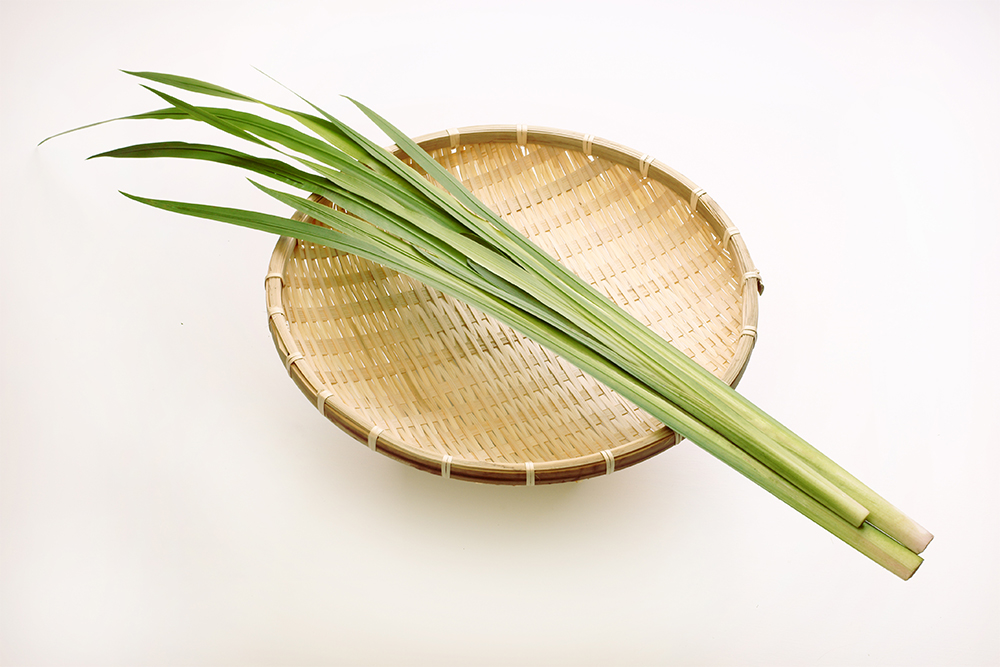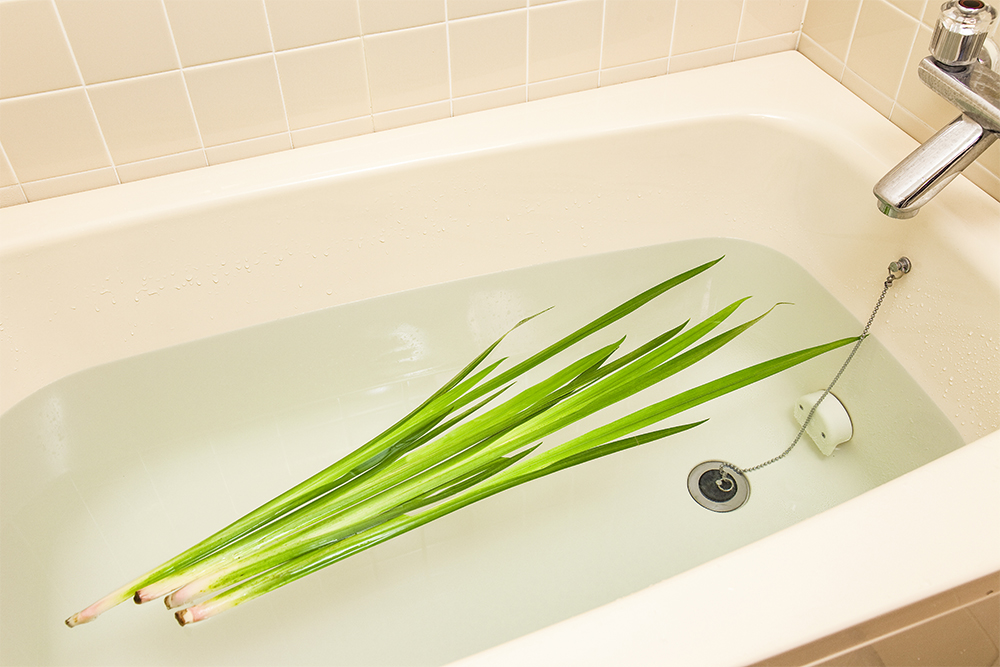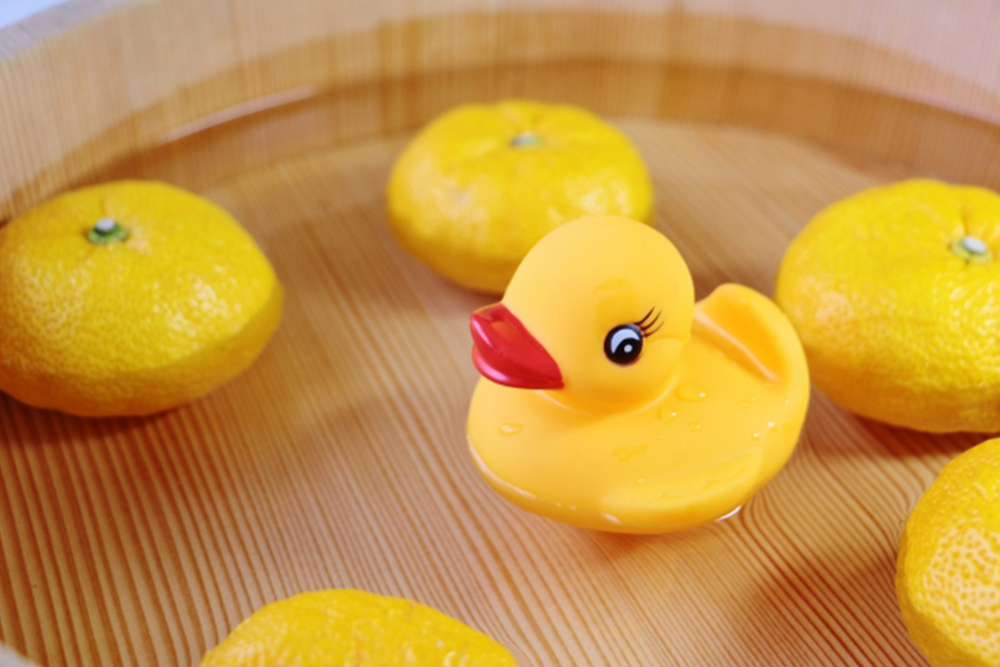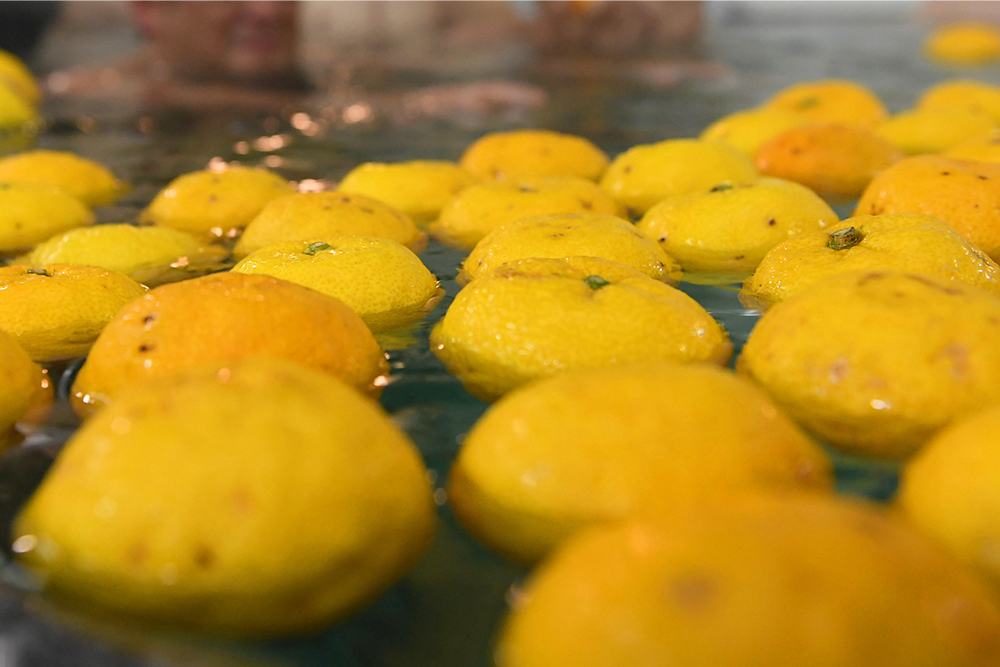Most of you probably know that Japan is one of the world’s leading hot spring countries. The entire country is situated along the Pacific Rim orogenic belt, so we could say that the entire archipelago is volcanic groups. Therefore, there are many hot spring sources. However Japanese people haven’t always had the habit of taking a bath on a daily basis. Even though we were blessed with such hot spring resources. In order to soak in a hot spring, hot water must be pumped up from the source. In addition, bathing facilities need to be set up, right? Although it is true that a number of bathing facilities called ” healing baths (Touji-Ba)” were built in this way and have been used for a long time… As you may have guessed, there was no technology in the past that could excavate a source that deep. Most of the ” healing baths” were based on springs that gushed out of the ground or were relatively shallow underground. Of course, the baths were limited in number, so they were only for the use of the powerful and a few upper class people in the area. Even the powerful people of the region and some of the upper class people did not have the habit of taking a bath on a daily basis. They were just taking a light bathing sometimes. Note, by the way, that bathing in water has been one of the most important rituals in Japan since ancient times to purify oneself. It’s called “Misogi”, It was a very sacred act. Therefore, “soaking in a bath” was a very luxurious act. It wasn’t until the modern era that ordinary people were able to enjoy hot springs. It was much, much later that bathing became an established part of our daily life cycle. At most, it was about five or sixty years ago.
In the Edo period (1603-1868), bathhouses finally began to be built as social and recreational facilities, but they were not yet used on a daily basis. In the Meiji era (1868-1912), Western culture spread into the daily lives of ordinary people, but even so, “bathing” was still a luxury. However, as the times moved on to the Taisho and early Showa eras, the sense of hygiene among the general public increased, and the frequency of light bathing gradually increased. Around this time, some houses in the countryside began to have “bathroom”. Those houses usually had a stream or well nearby. Unlike in urban areas, where houses were densely packed and water supply was still not that good, it was relatively easy to add dedicated bathing areas and facilities around the house. At the same time, public bathhouses called “sento” began to appear in urban areas. After World War II, bathing in public bathhouses became a common practice. People began to use them more and more frequently. Then, as economic reconstruction took place, bathing became a part of the daily life cycle, and each house was finally equipped with a “bathroom”.
Nowadays, taking a bath every day has become a part of our daily lives. As a result, bathing products have become very popular. Hair, face, and body cleansers and special tools for them, beauty products, bath salts, etc. In commercial facilities, supermarkets, and convenience stores, a large space is often reserved for the display of these products. Nowadays, it’s easy to buy products from overseas through websites, right? The demand for these kinds of products must be huge. As a matter of fact, this is quite interesting when looking at the variety of those products. It was like going to a home improvement store for the first time in my life. Sorry, it’s a little confusing for you to relate to, isn’t it?
We mentioned earlier that in Japan, the act of bathing is based on “Misogi”, a form of purification in Shinto rituals. Shinto rituals are annual events that are performed according to a calendar. Roughly speaking, by holding these events, we pray for a good harvest and good health. Some of these seasonal rituals were also incorporated into the generalized bathing culture. It was in the form of a slightly special bathing way. We’d like to introduce it to you, because it is something that is familiar to us now as a kind of seasonal tradition. These are the two main ones.
・Syobu-Yu


“Syobu” is one of Japanese iris, it is also called “Ayame”. “Syobu-Yu” is a bath in which the roots or leaves of syobu are thrown into hot water. It is said that people prayed for “good health” by entering “Syobu-Yu” on May 5th, the day is a special day called “Tango-no-Sekku” in Japan. In particular, they wished for good health for their children. During the Warring States period, it was mainly practiced by samurai families. In the Edo period, it came to be known to the general public. “Syobu” has been known as a medicinal herb since ancient times, and its fragrance was thought to have the effect of dispelling bad luck. Well, you can imagine that it is like a medicinal bath.
・Yuzu-Yu


This is a bath in which “Yuzu”, one of Japan’s most famous citrus fruits, is floated in the water. “On the day of the winter solstice (it’s called “Touji”), people would take “Yuzu-Yu” to pray for good health and to prevent illnesses such as colds. It seems to have started around the Edo period. Well, it seems to have been a kind of event at bathhouses. In Japanese, the words “winter solstice” and “hot spring cure” are read in the same way “Touji”, so some people believe that it was a way to pray for good luck. This “Yuzu-Yu” has been scientifically proven to be very effective in improving blood circulation.




